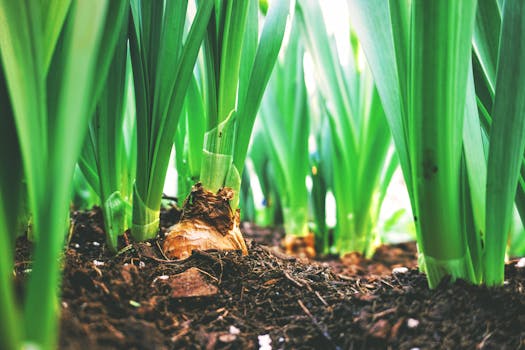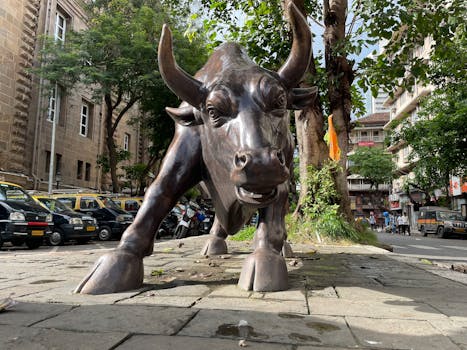Companies with the best and the worst technicals.
Lists of companies in NSE500 with the best and the worst technicals...
Lists of companies in NSE500 with the best and the worst technicals...
Lists of companies in NSE500 with the best and the worst fundamentals...
List of the latest important filings for NSE500....

The article discusses the recent increase in consumer confidence in the U.S.,...

The article provides an in-depth analysis of the Indian equities market amid...

Examining the trends in AI funding with a focus on xAI's recent...

As geopolitical tensions in the Middle East continue to escalate, precious metals are witnessing significant price surges. With conflicts in key oil-producing regions and threats to global supply chains, investors are turning to gold, silver, and platinum as safe havens. This trend is markedly reflected in recent market activities.
Gold, often considered the ultimate safe-haven asset, recently reached a price of $2,150 per ounce, marking a 15% increase in just the past month. Silver has similarly benefited, climbing to $28.50 per ounce—a 10% rise that indicates robust investor confidence amid uncertainty. Platinum, traditionally more volatile, has also seen a resurgence, trading at $1,050 per ounce.
The inflation-adjusted price of gold remains historically low compared to other macroeconomic indicators such as housing prices and stock market performance. With the current socio-political climate, however, many analysts believe that we could see a paradigm shift in gold pricing.
Several interrelated factors contribute to the growing demand for precious metals:
Investor sentiment is crucial in the commodities market, particularly when geopolitical risks are at play. According to a recent survey by the World Gold Council, around 72% of investors surveyed plan to increase their allocation to gold amid the prevailing turmoil. Institutional investors are particularly keen on diversifying their assets, not only to mitigate risks but also to capitalize on potential price appreciation.
In light of these developments, various hedge funds are reportedly transitioning their strategies, moving away from traditional equities and into precious metals. Notable investment firms, including BlackRock and Vanguard, have reported increased buying activity in gold ETFs and other metal-backed financial products.
The Middle East is not only critical for oil production but also a significant player in the precious metals market. Countries like the UAE and Turkey are central hubs for trading gold. According to the Dubai Gold and Commodities Exchange (DGCX), trading volumes for gold futures hit a 20-year high this month, with over 21,000 contracts exchanging hands in the first week of June alone.
Additionally, Iran’s potential re-entry into the global oil market, contingent upon negotiations regarding the Joint Comprehensive Plan of Action (JCPOA), has complicated affairs. Should tensions de-escalate, oil prices could stabilize, potentially leading to a drop in gold prices. However, analysts are divided on the sustainability of these tensions, suggesting that market conditions may remain volatile for the foreseeable future.
With no immediate resolution to ongoing conflicts, expectations for gold prices could remain high. Some analysts speculate that prices could soar to $2,300 as the year unfolds if current trends persist. Meanwhile, silver and platinum may see price adjustments resonating with gold's movements.
Investors are keeping a close eye on upcoming pivotal events, such as the Federal Reserve's next policy meeting scheduled for mid-June and ongoing peace talks regarding the Israeli-Palestinian conflict. The outcomes of these meetings could either bolster or undermine rising precious metal prices, adding another layer of complexity to the commodities market.
In summary, the intricate interplay of geopolitical risks, economic indicators, and market sentiment presents a challenging yet opportunistic environment for investors focusing on precious metals. How commodities will perform in the coming months largely hinges on developments in the Middle East, shaping a narrative that will be closely monitored by stakeholders globally.

The impact of the early monsoon rains in June 2025 on rural...

This article explores the factors behind India's impressive 7.4% GDP growth in...